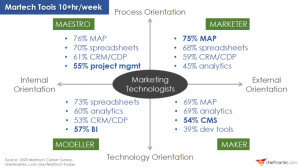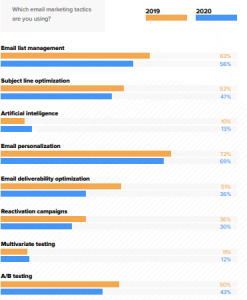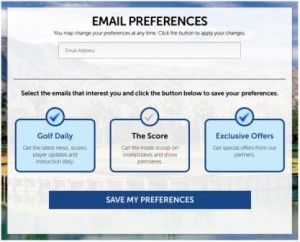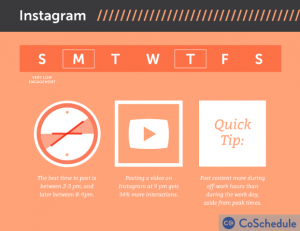There is no doubt about it; e-commerce is a huge growth market that is going to become even more omnipotent during the next decade. After all, the global level of e-retail spending eclipsed $ 1.9 trillion during 2016, while this number is set to grow incrementally with every passing year.
As e-commerce continues to evolve and expand as an entity, of course, it is also become an increasingly competitive space. This can be quite challenging for brands that are looking to establish themselves online, as they must have a viable pricing structure and business model if they are to succeed.
In this article, we will look at the key considerations when launching an e-commerce venture, and ask which elements distinguish successful business ventures from unique concepts.
Cover the Basics, Including Your Domain Name and Platform
When you aim to translate any idea into a commercially viable business, it is imperative that you cover the basics first. The variables are the basics themselves, of course, as you will have different priorities depending on whether you are launching an online venture or a bricks-and-mortar store.
When establishing an e-commerce business, your starting point should always be the anticipated turnover of your store, so it is important that you have financial projections for the first three years in hand before making a commitment. After all, your estimated turnover and profit margin will determine how much is available to spend on start-up costs, which in turn will inform your choice of platform.
Your domain name of choice is also a basic but critical consideration, particularly if you are looking to make your mark in a competitive market. Not only must each potential domain be checked for duplicity and compared against those of your competitors, but your final choice must also be registered and safeguarded as soon as you have approved it.
The next step is choose a hosting platform for your website and online store, and ideally one that suits the size, scope and estimated turnover of your venture. It is important to complete your projections as accurately as possible, primarily because there are a host of alternative options aimed at small, medium-sized and large companies. Woo Commerce and Shopify are classic example of this, as they target small and medium-sized companies and are best suited to businesses that have a projected turnover anywhere between $ 50,000 and £500,000 per annum.
The ultimate choice is yours, of course, but it is crucial that you research your projected sales figures and market in detail before establishing the foundations for your venture.
Optimise Your Business for Mobile Devices
When e-commerce first emerged at the turn of the century, it was focused on the processing of virtual sales through a laptop or PC device. While this core objective remains unchanged, this market is increasingly dominated by mobile commerce and the use of handheld devices to complete transactions. To put this into perspective, m-commerce is forecast to be worth a staggering $ 624 billion by the end of 2018, with the sector having already trebled its value between 2012 and 2014.
Not only this, but there will be an estimated 6.1 billion smartphone users active across the globe by 2020, creating an army of mobile consumers who are committed to locating, researching and purchasing goods online.
These statistics make a compelling case for the mobile optimisation of your e-commerce business, and this process starts with an intuitive and responsive website design. This imperative and should be a key component of your financial budget, as responsive design techniques will create a fluid and changeable layout that can adapt to the dimensions of different devices. This ensures that you do not lose out on mobile custom, while it also optimises your turnover during any given trading period.
There are other steps that you can take to optimise your e-commerce site for mobile too, such as ensuring that all crucial elements are included above the fold. This includes concise calls-to-action and direct links to product pages and social media channels, which should be presented as actionable, graphic icons that contribute to a seamless customer journey.
The most important thing to remember is that you prioritise a mobile-friendly and focused design, and one that optimises your site for the growing m-commerce audience.
Create a Business Blog to Compliment Your E-Commerce Site
Given the competitive nature of e-commerce, it makes sense to adopt a proactive approach when planning out your marketing campaigns. Prioritising your efforts effectively is a slightly more challenging endeavour, however, and one that will have a critical bearing on the success of your site.
One of your first ports of call should be to launch a branded blog site, and one that has already begun to build links, drive traffic and engage potential customers before the main, e-commerce site launches. It is already well-known that a commercial blog can help your main website to rank prominently in relation to specific keywords, for example, while combining this with guest posting also builds a healthy, inbound link profile that enhances the visibility of your site.
Beyond this basic search metrics, however, it is also important to note that the creation of a company blog can also help to build trust and loyalty among readers. The best way to achieve this is create content that builds an engaging narrative around your products, while showcasing them in an effective and non-promotional light. You can extend this to provide an emotive representation of your online brand, creating an organic hook that helps your business to stand out in a competitive space.
Product-orientated business should also consider using their blog to explore the origins of their products, particularly those that benefit from an interesting or unusual manufacturing process. By highlighting these with imagery and detailed video content, you can take your customers on a visual journey that makes them feel as though they are an active part of your brand.
Digital & Social Articles on Business 2 Community(86)





